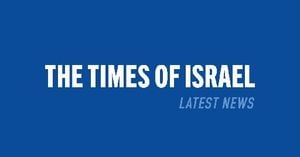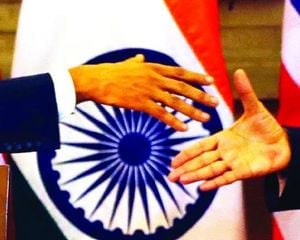Researchers have made significant strides toward enhancing our ability to understand quantum systems with the introduction of a novel method for reconstructing the density matrix of photoelectron wavepackets. This groundbreaking technique, termed rainbow-KRAKEN, enables efficient measurement paradigms previously thought to be unattainable.
With the advent of extreme ultraviolet (XUV) pulses and attosecond technology, scientists have discovered the remarkable dynamics of electron behavior within extremely short timescales. The density matrix, representing the statistical state of quantum systems, has been challenging to measure accurately due to decoherence effects—where information about quantum states becomes lost due to interactions with the environment.
To tackle these challenges, researchers have developed what is known as quantum state tomography, which allows for the reconstruction of the density matrix of photoelectrons. The newly proposed rainbow-KRAKEN protocol utilizes both broadband and narrowband infrared probes to achieve high-fidelity reconstruction of quantum states via efficient single-scan measurements. By measuring the coherences of photoelectrons created through XUV absorption using innovative experimental setups, researchers can produce results with impressive accuracy.
One of the standout features of this method is its ability to capture details of quantum states without requiring extensive measurement arrays or complex signal fitting. The approach efficiently combines the strengths of existing methods, simplifying the process and expediting data acquisition. This improved protocol allows for high-quality estimations of density matrices across various experimental scenarios and quantum systems.
Specifically, the researchers demonstrated the efficacy of this protocol through detailed studies of both helium and argon photoelectrons. They found excellent reconstruction fidelity and near-perfect purity estimation, showcasing the significance of their method for real-world applications. This advancement is particularly relevant for studying phenomena such as Fano resonance and mixed states resulting from spin-orbit splitting, which introduce complexity and decoherence challenges.
The authors state, "A single scan protocol can reconstruct the continuous variable density matrix of photoelectrons, showcasing high fidelity and model-free efficiency.” This assertion highlights the core impact of their findings—simplifying what once required elaborate setups and extensive measurements.
The potential applications of the rainbow-KRAKEN protocol extend beyond mere proof of concept. This efficient densitometric technique serves as a stepping stone for exploring quantum systems on complex landscapes, enhancing our capabilities to study reactive and dynamic processes at unprecedented resolution.
Remarkably, researchers emphasized the protocol's broad applicability, mentioning, “This approach significantly contributes to our ability to study various quantum systems which previously required extensive measurement arrays.” Such versatility provides numerous avenues for future research, promising to unravel additional aspects of quantum dynamics and electron interactions within diverse environments.
Overall, this innovative contribution to quantum optics signifies both a milestone for scientists and potential for vast improvements across fields reliant on precise measurements of quantum states. The study ushers in new opportunities for exploring the intricacies of quantum mechanics, paving the way for future breakthroughs aligned with the modern demands of ultrafast science.



